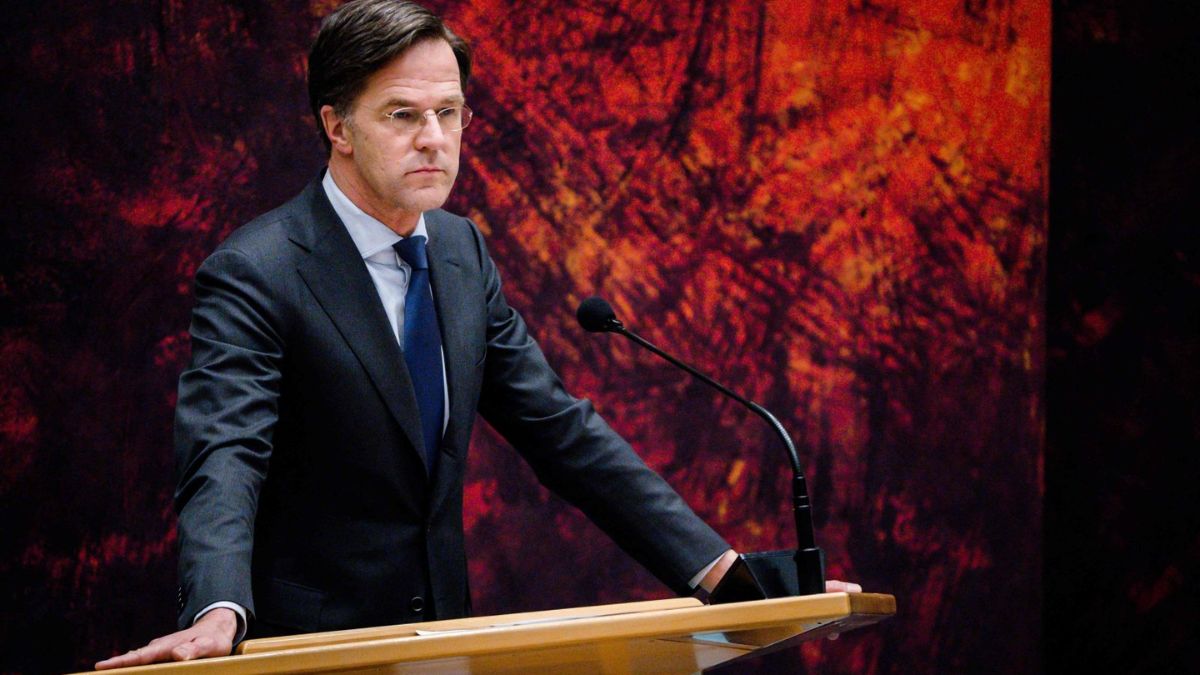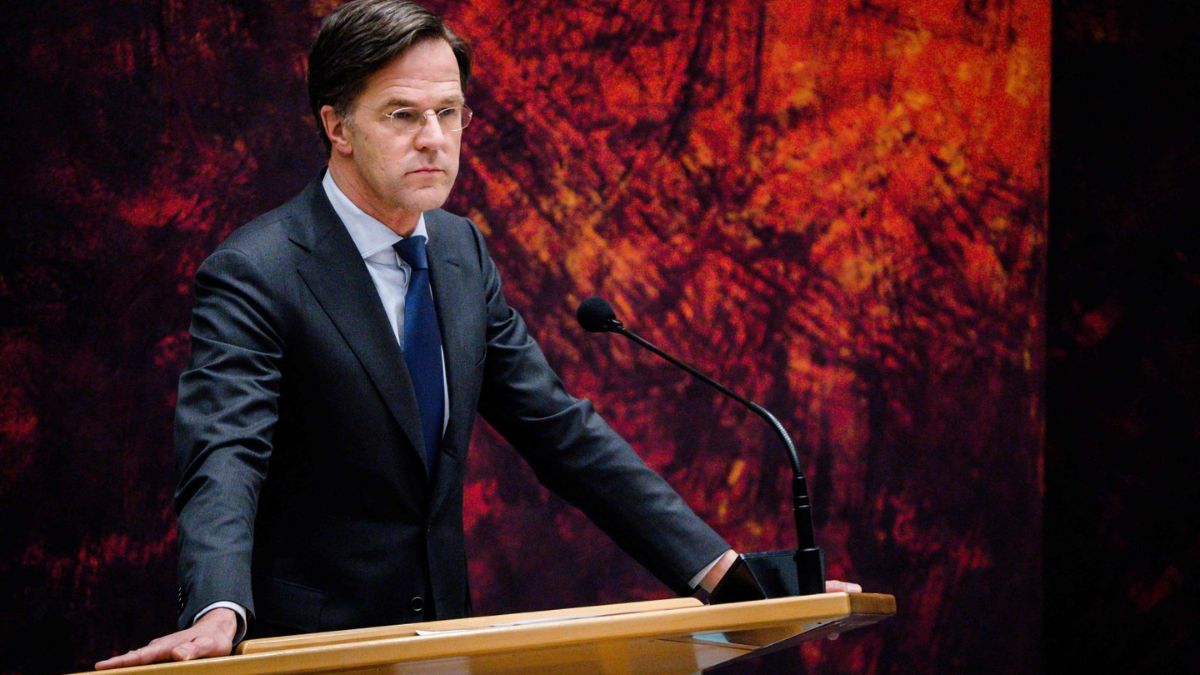Earlier this week, the Kerala High Court
ruled that the All India Institutes of Medical Sciences (AIIMS) cannot prohibit candidates from wearing a hijab (a religious headdress) while appearing for its entrance examinations. The writ petition (Fida Fathima v Union of India) was filed by members of the Muslim Students Federation at Calicut University, on grounds that AIIMS’ dress code for the examinations was unconstitutional and violated a Muslim female’s right to freedom of religion. While the Kerala High Court rightly observed that the right to wear religious headdress would be covered by Article 25 (right to freedom of religion), the Supreme Court has differed from this interpretation of Article 25. The apex court has, in fact, upheld such bans in the past and ruled that the bans do not violate the right to freedom of religion. [caption id=“attachment_3241970” align=“alignleft” width=“380”] Representational image. Reuters[/caption] A Muslim woman’s right to wear a religious headdress (including other forms of religious dresses, such as veils) has also been debated in other countries in Europe, some of which have enacted legislations to ban the same. The right to wear attire as mandated under one’s faith is a part and parcel of one’s right to freely practise their religion, and any restriction on this right is unsustainable under the Indian Constitution and international human rights law. Hijab in Islam ‘Hijab’ is an Arabic word which
means barrier/partition. A hijab (in the context of Islam)
refers to a headscarf or a full dress which covers the hair and neck, except for the face, feet and hands. A broader meaning of hijab is ’to cover’ or ‘veil’. In the writ petition filed by the students, the petitioners contended that under the Quran and hadiths (the sayings of Prophet Muhammad), a Muslim woman must cover her body except for the face with loose outer garments when in public or in the company of men whom she could theoretically marry (non-mahram). Wearing a veil or hijab is linked to the notion of
modesty of a woman under the Quran, and it is believed to protect women against sexual assault, as the veil prevents unwanted attention to a woman’s body. Ban on religious headdresses worldwide Various countries in Europe have
placed partial or complete restrictions on specific forms of the Islamic veil (through local or national laws). In 2011, Belgium
became the second country after France to ban full-face veils (burka and niqab) in public places, and any violation of this law entails a fine and imprisonment of up to seven days. Many reasons have been attributed to the ban. Bulgaria banned the burka (an Islamic veil which covers full-face and body) for security purposes in the light of Islamic militant attacks in Europe. Egypt’s Cairo University
banned professors from wearing the niqab in 2015 to enable professors to communicate easily with students. Subsequently, the Egyptian government drafted a Bill to ban the burka in public places and government institutions. A lawmaker and academic
supported the legislation in Europe, on grounds that the veil is not a requirement of Islam, and that the Quran “calls for modest clothing and covered hair, but does not require facial covering_”_. Although the United Kingdom has not banned the Islamic dress, schools are
permitted to prescribe their own dress code, including a ban on face veils. The most common reason cited for banning veils is to enable identification and security concerns. Some believe that the bans are
motivated by fears of terrorism. Interestingly, in 2016, several coastal towns in France also banned the ‘burkini’ (beachwear which refers to a wetsuit covering the head, primarily designed for Muslim women). France’s main
argument was that the burkini violated the principle of secularism enshrined in the French Constitution. Another reason
cited for banning the burkini is France’s excessive fear of Islamic extremism. These bans continue despite France’s highest administrative court
ruling that the bans constitute a “serious and manifestly illegal violation of fundamental freedoms”. In March 2017, the European Court of Justice (ECJ)
ruled that employers could prohibit workers from wearing religious symbols (including headscarves) in workplaces. The ECJ observed: “An internal rule of an undertaking which prohibits the visible wearing of any political, philosophical or religious sign does not constitute direct discrimination”. It backed companies who wished to project a neutral image by banning religious symbols. Indian judiciary on the right to wear hijab The Kerala High Court, in the present case, allowed the petition challenging AIIMS’ dress code. The Court relied on its earlier ruling (in Amna Bint Basheer v CBSE & UOI), which involved the All India Pre-Medical Entrance Test (AIMPT) 2016 conducted by CBSE.
The high court, in the earlier case, had ruled that the dress code prohibiting headdress would not be enforced against individuals who were required to wear the dress as part of their faith and that this was a right protected under Article 25.
The Supreme Court, however, has expressed its views in support of exam dress code, prohibiting religious headdresses and veils. While hearing a petition challenging such a dress code in the AIPMT entrance exams, the apex court observed that no discourtesy would be shown to any religion by not wearing the headdress for the duration of the exam. The court even termed the insistence on wearing the headdress during the exam as an “ego issue_”_. Right to wear religious headdress guaranteed by the Constitution and Human Rights Law Under Article 25 of the Indian Constitution, all persons enjoy the right to practise, profess and propagate religion. Under the Constitution, this right can be curtailed only on grounds of public order, morality and health. When interpreting the validity of any restriction placed on fundamental rights, courts look into the reasonableness of the restricting measure in question. A test which is generally employed by the Indian courts to assess reasonableness in cases involving Article 14 (right to equality) is the ‘ reasonable nexus’ test, in which the Court determines whether the measure had a reasonable nexus with the objective behind the measure. The test was also relied upon by the petitioners in the Fida Fathima case, who submitted that the restricting measure (dress code) did not have a reasonable nexus with the objective of the dress code. AIIMS had prohibited the headdress to prevent cheating; however, the court accepted the contention of the petitioners, that candidates could instead report to the examination centre earlier to enable proper frisking. The petitioners also based their arguments on the 1986 Supreme Court ruling in Bijoe Emanuel v State of Kerala, wherein the apex court had affirmed the right to religion under Article 25. The petitioners successfully argued that prohibiting religious headdresses would also violate Article 14 of the United Nations Convention on the Rights of the Child, which protects the freedom of thought, conscience and religion of a child.
The Kerala High Court’s decision is a welcome interpretation of the right to freedom of religion in India.
For a Muslim woman, a religious dress is part of her identity, and in places where she has been brought up to wear a hijab as part of her faith, she might feel vulnerable when prohibited from wearing her religious attire. It is also possible that when restrained from wearing the veil, a Muslim woman is It is also possible that when restrained from wearing the veil, a Muslim woman is hindered from participating in public life; she may choose not to go out (or appear for an entrance examination) if it means disobeying her religion. Should a similar issue come up before the Supreme Court, the court must recognise these concerns and uphold the right to religion, which includes the wearing of religious headdresses such as the hijab. The author is a research fellow at Centre for WTO Studies, Indian Institute of Foreign Trade. She is also a volunteer at Strategic Advocacy for Human Rights (SAHR). Views expressed are personal.


)
)
)
)
)
)
)
)
)



